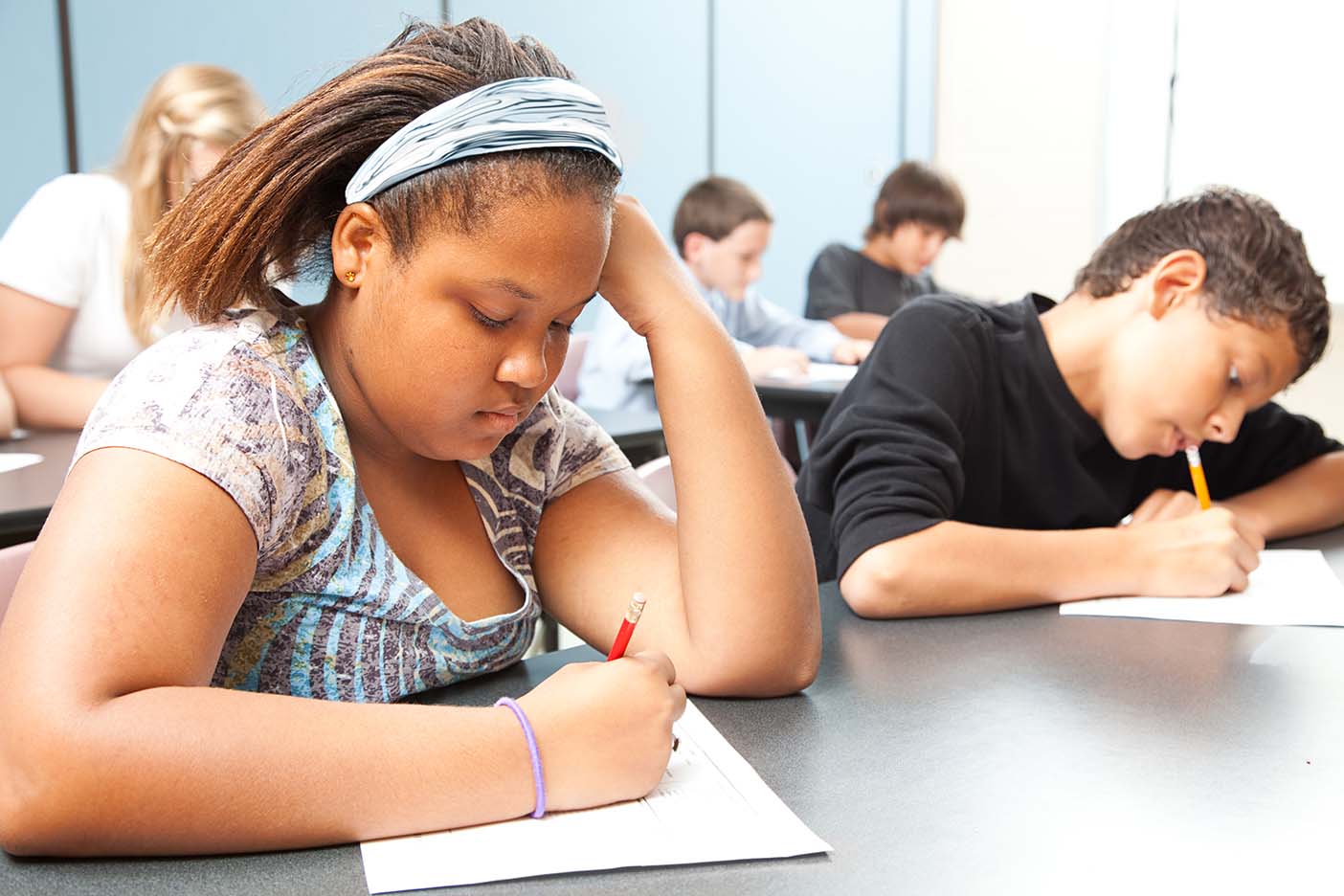How Mindfulness Meditation in the Classroom Helps With Academics
We usually talk about mindfulness meditation as it relates to stress and anxiety. And that’s for good reason: Mindfulness meditation is a proven intervention to help kids and teens reduce their stress levels and learn how to manage their strong emotions.
School is a place where most young people spend a large portion of their days. By incorporating mindfulness meditation on-campus, students receive the mental health benefits of this profound practice.
But, obviously, school is for learning, too. And teachers need to think not only about how their students are doing emotionally, but also about how they’re doing academically.
So how does mindfulness meditation come into play here? Does it have any effect on kids’ academic achievements, or does it only help with social-emotional learning?
How does mindfulness meditation help with academics?

There’s good news for teachers: Mindfulness meditation not only helps students’ emotional health, but it benefits academic performance, too.
Research has often found that incorporating meditation in the classroom improves students’ academic performance.
A 2015 study found that 10 minutes a day of an audio-based mindfulness program improved elementary students’ grades in reading and science. Sixth-form (late high school) students who participated in a mindfulness-based stress reduction program achieved better grades than the students who didn’t participate. A Spanish study found that secondary students who participated in a meditation program got significantly better grades than their control group.
Our own research at Calm Classroom has had similar results. Almost 90% of the teachers who’ve participated in Calm Classroom say that their students are more engaged and ready to learn after engaging in our program.
The positive effect that mindfulness meditation seems to have on students’ academics could be explained in a few different ways.
Focus
First, it’s been found that meditation improves focus and concentration. When we practice mindfulness meditation, we need to slow down. There are not many rules and instructions that come along with mindfulness meditation, but there is one important one: pay attention. Meditators are asked to rest a gentle awareness on each present moment (often through being aware of the breath). When their attention starts to wander, they’re guided to gently, but consistently, bring their attention back to the present.
When kids practice mindfulness meditation, even for a short amount of time, they strengthen the skill of present awareness. Ideally, this strengthened skill can be applied even when they’re not actively meditating — for example, when they’re studying. This can help them achieve higher academic performance.
Anxiety
We talk about the benefits of meditation for mental health vs. its benefits for academic performance. But in reality, these two things are deeply intertwined. One of the reasons why mindfulness meditation is so beneficial for academic performance is because it lessens students’ anxiety.
Anxiety and stress tend to bring academic performance down. Students with high anxiety tend to ruminate on their scary thoughts. This gets in the way of their academic achievement because they aren’t engaged in learning. They can’t be — anxiety gets in the way.
Research has found that anxiety causes students to be passive about their learning, perform poorly in exams, and have a lack of interest in school.
Meditation is a tool that students can use to bring down their anxiety levels and focus on the schoolwork that’s in front of them.
How to introduce meditation in your school
Depending on your student and family population, it might be tricky to introduce mindfulness meditation in your school. Some religious parents may have concerns about their kids engaging in a practice that they associate with another religion. Others may worry that mindfulness meditation is a waste of time, preferring for teachers to spend these minutes on furthering academic skills.
Start slowly. Make sure every student (and their parents) understands exactly what mindfulness meditation is. Rely on scientific data that backs the claims that mindfulness meditation is effective for students’ overall well-being, both emotional and academic.
Start with the families who are willing to participate. If the program is run well, they can become your advocates.
You may also want to consider partnering with Calm Classroom’s experienced staff to bring mindfulness meditation to your school. Our organization has years of experience helping different kinds of schools incorporate mindfulness meditation into their curricula.
To learn more, get in touch with us today.





SIGN UP FOR OUR NEWSLETTER